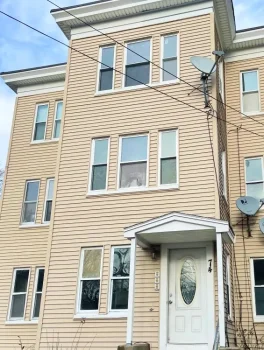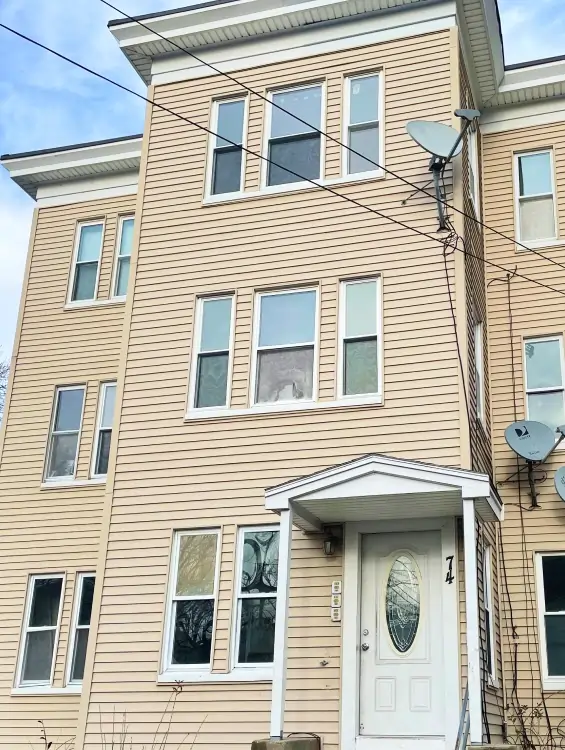What is Transitional Housing? 8 Things You Need to Know

As a social worker, you play a vital role in helping former prisoners adapt to life in a halfway house. By assessing their needs, connecting them with essential services, and guiding them through the application process, Alcoholics Anonymous you can set them up for success. Monitoring their progress, facilitating positive relationships, and protecting their rights are also key.
- Residents are responsible for arranging their medical and mental health services outside of the halfway house.
- Halfway houses provide substance-free residences for those in recovery from alcohol and substance abuse.
- Rebuilding your life after addiction is frustrating and challenging, but halfway houses make it so much easier.
Rehab Programs
In some cases, scholarships or financial assistance options may be available for those who are unable to afford the cost. The cost of residing in a halfway house can vary depending on factors such as location, amenities, and services offered. On average, the cost of living in a halfway house ranges around $200 per week. Halfway do halfway houses provide food houses have been shown to reduce outside triggers that can lead to relapse and to provide peer support.

Are Meals Provided in a Halfway House?
- So, if you are preparing to go to a halfway house, you must only take essential clothes that will keep you covered, presentable, and warm during the winter or cold season.
- The limitations of halfway houses in the United States include funding shortages, societal stigma, staff shortages, and the challenge of balancing safety with rehabilitation.
- Tacoma has several shelters that provide emergency housing for up to 278 single individuals and approximately 80 households with children each day.
- The goal is to make it easier for the residents to continue receiving necessary medical and mental health treatment, especially for those in early recovery who experience withdrawal symptoms.
- For more information on what cannot be delivered to residents during visits, contact the halfway house.
Calls to numbers on a specific treatment center listing will be routed to that treatment center. This practice enables individuals to cover personal expenses, transportation, and essential needs while adhering to the facility’s guidelines. Of course, if everyone who enrolls in a halfway house comes with a large wardrobe, there might be no space for other necessary items. Besides, a valid ID is often required for employment opportunities, access to essential services, and compliance with legal obligations. Planning out your meals can help save time during the week since you’ll know exactly what ingredients you need and will avoid unnecessary trips to the grocery store or ordering takeout.

Who manages transitional housing?

If you or anyone you know is undergoing a severe health crisis, call a doctor or 911 immediately. These professionals, such as social workers or counselors, offer guidance and support throughout your recovery. The length of your stay depends on the level of care provided, with some houses having minimum and maximum time limits. Start your recovery journey with peace of mind, knowing your care is covered. Discover affordable rehab centers near you, offering easy access and convenience. Always seek the advice of a physician or other qualified health provider with any questions you may have regarding a medical condition.
Some halfway houses have curfews and drug-testing policies to promote accountability and relapse prevention. Through this structured yet transitional approach, halfway houses provide individuals with the stability and resources needed to reintegrate into society successfully. The benefits of halfway houses in addiction recovery include structure, accountability, and relapse prevention, helping individuals build independence while maintaining sobriety. These homes provide a safe, substance-free environment where residents receive support and guidance as they transition to independent living.
Some halfway houses are affiliated with addiction recovery organizations or mental health programs, while others focus on individuals transitioning from incarceration. Yes, drug testing is required for residents in halfway houses to ensure a sober living environment. Many facilities enforce rules that prohibit drugs and alcohol, and they implement random drug and alcohol tests to promote accountability and support recovery efforts. Regular testing helps maintain the safety and integrity of the community by identifying and addressing potential relapses promptly. Yes, you can have visitors in a halfway house, but they must follow strict visitation policies to ensure a safe and supportive recovery environment.

Our beautiful treatment center is located at 225 E City Ave, Bala Cynwyd, PA 19004. Sober housing is paid for by the people who live in the home, per the rules of each home. Some are affordable, and some offer financial aid, but spaces fill quickly. For those seeking addiction treatment for themselves or a loved one, our calls are confidential and are available for 24/7 help.
Supporting Early Recovery and Relapse Prevention
- Moreover, there is a limit on the number of visitors a resident is allowed to have at a given facility.
- Participation in communal activities fosters teamwork and responsibility, reinforcing accountability through shared chores and peer support.
- Residents participating actively in peer support are more likely to maintain lasting sobriety and can better cope with the challenges of reintegration into society.
- Halfway houses aim to bridge major gaps between incarceration and community reintegration through multi-tiered rehabilitation services.
- Successfully transitioning from recovery homes to independent living involves reintegrating into the community.
Ongoing supportive social work counseling and access to clinical or drug treatment programs help identify behavioral health needs that might undermine reentry success. Sober living houses can be a great way for former alcohol or drug addicted individuals to transition from a recovery program back into their daily lives. For some it can be difficult to go back into their former living arrangements for fear of relapse, and other negative influences.
